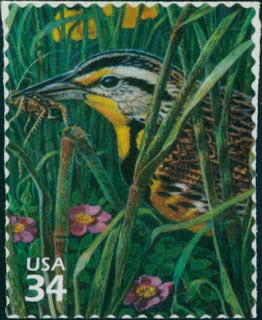Breeding Bird Surveys (BBS) conducted by the Biological Resources Division of the U.S. Geological Survey and volunteers throughout the country reveal that grassland birds, as a group, have declined more than other groups, such as forest and wetland birds. There are many examples of population decline in grassland birds, most notably the extinction of the heath hen (Tympanuchus cupido cupido) from the northeastern United States. Over the 25-year period 1966-1991, New England upland sandpiper (Bartramia longicauda) and eastern meadowlark (Sturnella magna) populations declined by 84 and 97 percent, respectively. The greater prairie-chicken (Tympanuchus cupido) has experienced an average annual rate of decline of over 10 percent during this same 25-year period. These examples and others illustrate the decline in grassland birds on a continental scale. While loss of grassland breeding habitat is likely the largest factor contributing to the decline in many grassland bird species, other factors have played a role. Brood parasitism by brown-headed cowbirds, increased use of pesticides and other agricultural chemicals toxic to birds, mortality during migration, and loss of wintering habitats may have contributed to population declines in many species.
Source: USDA. Grassland birds. October, 1999 (attached)

- Log in to post comments
